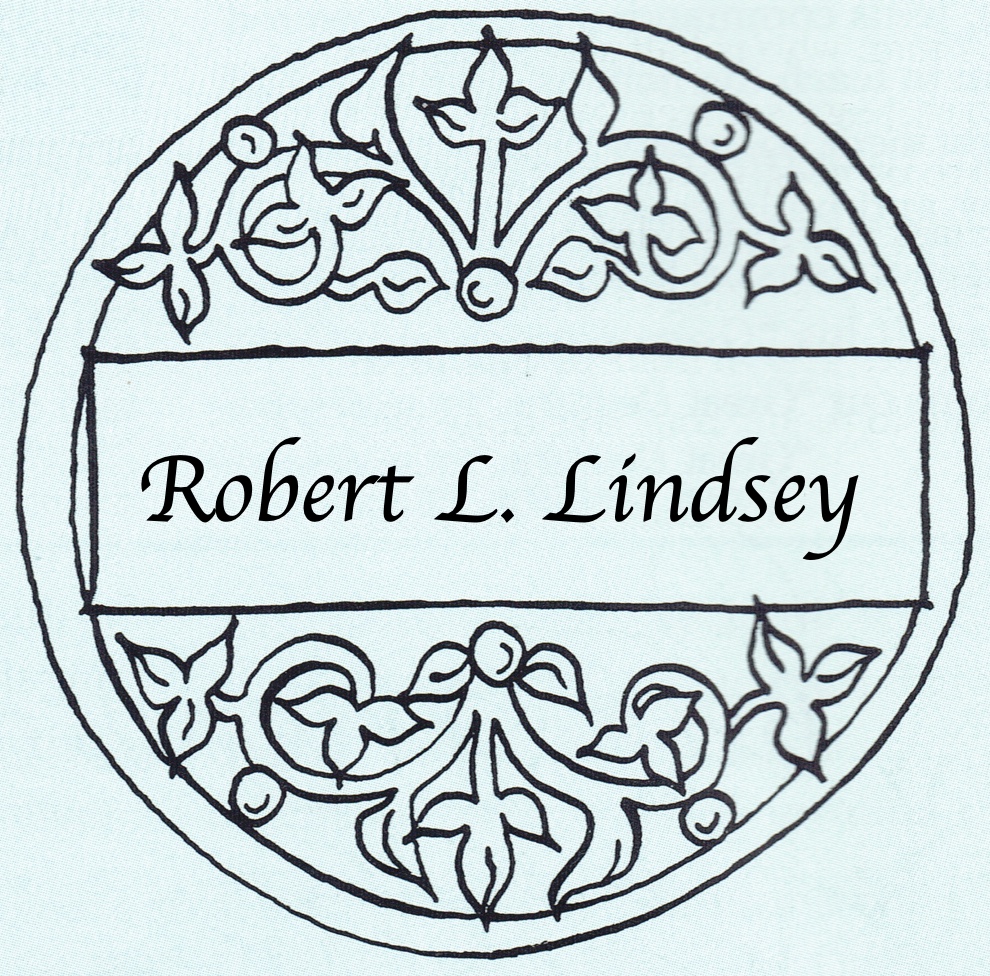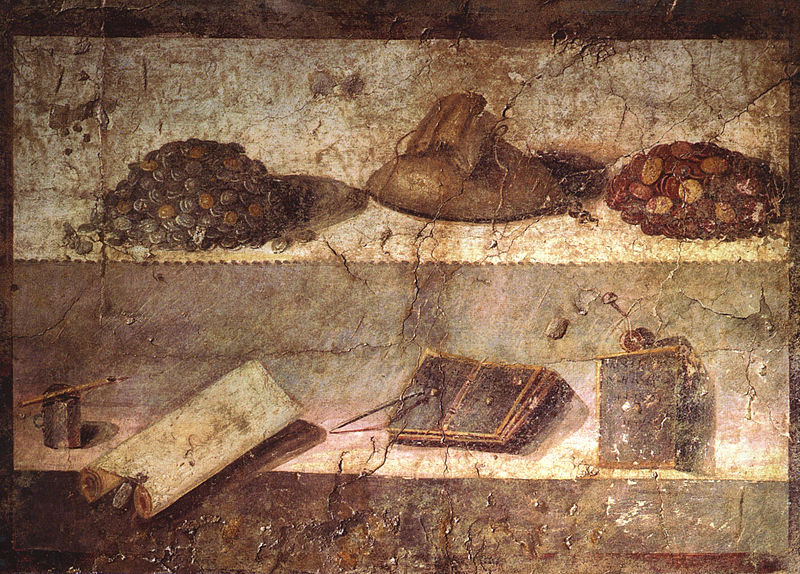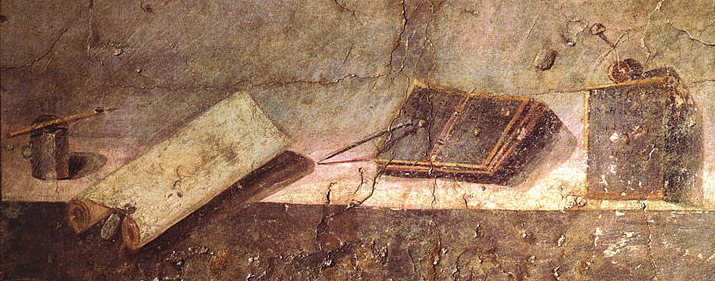
It is easy to claim new solutions and new approaches to familiar problems. But in the field of New Testament research it is much harder to make these claims stick. Some years ago I wrote an article in which I attempted to correct the prevailing view that Mark was the first of the Gospels.[20] When the article was discussed in a seminar at Cambridge, the objection was raised that there was nothing new in my contentions or approach. Perhaps not. Perhaps I am simply unable to find in the enormous mountain of scholarly contributions to our knowledge of the Synoptic Gospels the special line of solution and methodology to which I found myself driven as early as 1962. In any case, let me set down here, as simply as I can, my reasons for calling my approach new.
New or Modified Observations
I will begin by listing several observations or conclusions arrived at through my years of studying the Synoptic Gospels and their relationships.
Premium Members and Friends of JP must be signed in to view this content.
If you are not a Premium Member or Friend, please consider registering. Prices start at $5/month if paid annually, with other options for monthly and quarterly and more: Sign Up For Premium

- [1] For a description of the seven steps in the conjectured process of Gospel transmission as outlined by Lindsey (including suggested dates for the composition of the seven canonical and non-canonical documents), see David Bivin, "Discovering Longer Gospel Stories." ↩
- [2] See "The Power of the Anthology" diagram and caption in Lindsey, "Unlocking the Synoptic Problem: Four Keys for Better Understanding Jesus." ↩
- [3] Cf. Léon Vaganay, Le problème synoptique (Paris and Tournai: Desclée, 1954), 10. ↩
- [4] For more details about the "Triple" and "Double" Traditions, see the subheadings "Triple Tradition" and "Double Tradition" in Lindsey, "Unlocking the Synoptic Problem." ↩
- [5] If a man comes into a room and addresses another with the statement, "I have a besōrāh for you," the immediate reaction of the person will be, "Is it good or bad?" ↩
- [6] The Lukan Doublets confirm that Luke used two sources. A Lukan Doublet is a saying of Jesus appearing twice in the Gospel of Luke, apparently the result of Luke’s copying from two sources, each of which had a different version of the saying. The first of each pair is found in Luke 8:16-18 and Luke 9:23-27. The second of each pair is embedded in a longer context: Luke 11:33; 12:2-9 (vss. 2, 9); 14:26-33 (vs. 27); 17:22-37 (vs. 33); and 19:12-27 (vs. 26). See Lindsey's articles, "Unlocking the Synoptic Problem" (subheadings "Pre-synoptic Sources" and "Lukan Doublets"); and "Measuring the Disparity Between Matthew, Mark and Luke." ↩
- [7] Cf. G. Bornkamm, G. Barth, and H. J. Held, Tradition and Interpretation in Matthew (Philadelphia: Westminster, 1963); H. Conzelmann, The Theology of St. Luke (Philadelphia: Augsburg Fortress, 1982). ↩
- [8] Robert L. Lindsey, A Hebrew Translation of the Gospel of Mark (2nd ed.; Jerusalem: Dugith Publishers, 1973), 39-56. ↩
- [9] Form criticism of the New Testament blossomed in the second quarter of the twentieth century. Rudolf Bultmann (1884-1976) was the most influential form critic. ↩
- [10] For an excellent, short summary of the assumptions of form criticism, see Robert Cook Briggs, Interpreting the Gospels: An Introduction to Methods and Issues in the Study of the Synoptic Gospels (Nashville: Abingdon, 1969), 74-76. ↩
- [11] Cf. Martin Dibelius, Die Formgeschichte des Evangeliums (Tübingen: Mohr Siebeck, 1919), 8-34. ↩
- [12] For diagrams of the three possibilities of literary relationships offered by B. C. Butler, see Lindsey, "Measuring the Disparity Between Matthew, Mark and Luke." ↩
- [13] For a discussion of these agreements, see the subheading "'Minor' Agreements" in Lindsey, "Unlocking the Synoptic Problem." ↩
- [14] Lindsey, A Hebrew Translation, 19-22, 41. ↩
- [15] In the other 24 Double Tradition pericopae, Matthew and Luke agree only about 25% of the time. ↩
- [16] See the diagram, "The Markan Cross-Factor," and the subheading, "Markan Cross-Factor," in Lindsey, "Unlocking the Synoptic Problem." ↩
- [17] See Lindsey, "Measuring the Disparity Between Matthew, Mark and Luke." ↩
- [18] Karl Ludwig Schmidt, Der Rahmen der Geschichte Jesu: literarkritische Untersuchungen zur ältesten Jesusüberlieferung (Berlin: Trowizsch, 1919). ↩
- [19] Schmidt, Der Rahmen, 317. ↩
- [20] R. L. Lindsey, “A Modified Two-Document Theory of the Synoptic Dependence and Interdependence,” Novum Testamentum 6 (1963): 239-263. ↩


![Robert L. Lindsey [1917-1995]](https://www.jerusalemperspective.com/wp-content/uploads/userphoto/28.jpg)
